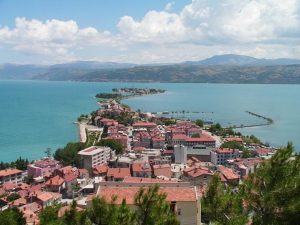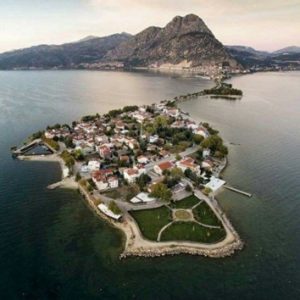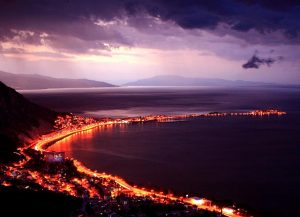Vist Isparta
About Isparta
Participants of EAI HealthWear 2024 will have the opportunity to visit the beautiful city of Isparta! Here are some facts about Isparta.
Isparta is a city in western Turkey and the provincial capital of Isparta Province. The city’s population is 271,396 (as of 2023) and elevation from sea level is 1035 m. Another name of the city is “City of Roses”. Isparta’s endemic rose name is Rosa Damacen. Isparta has good connections to other parts of Turkey with both railways, airport and by road. Antalya lies 130 km to the south and Eskişehir 350 km to the north. Isparta has a continental climate with cold, snowy winters and hot, dry summers. Isparta has lots of natural and historical places and also tourism activities. There are several important mosques in Isparta, including the pre-Ottoman Hizir Bey Mosque (c. 1325), the Kutlubey or Ulu (Grand) Mosque (1429, with major restorations in the 19th century) and Haci Abdi Mosque (1569). There are also several remains of Greek Orthodox churches from the Byzantine and Ottoman periods (14th-19th century). The Byzantine fortress is mostly in ruins. Isparta was the center of Diocese (subsequently Greek Archbishopric) of Psidia after losing Aglasun’s former importance.
Egirdir
Egirdir is a town in the middle of the Lakes Region. Egirdir lies between Lake Egirdir and the Mount Sivri, and contains a castle said to have been built by Croesus, king of Lydia, although additions were built by the Romans, Byzantines, and Seljuks. Yesil Ada (Turkish for “green island”) is a small island connected to Egirdir by a short causeway. Restaurants, hotels, pensions (pansyons or hostels), and a few private residences fill the island. Known for its past as a Greek village, Yesil Ada still has quite a few stone homes remaining from the Greek era.
Kovada
Kovada – National Park is a rich working and recreation place for nature lovers. Many kinds of trees from redpine to juniper; from wild olive to kocayemiş (arbutus unedo) to menengic (Terebinthina Chia), pırnal meşesi (quercus ilex) constitute the basis of the natural flora. Herbs like wild rose, daphne, blackberry, and boyacı sumağı (rhus cotnus) enrich this structure. The diversity of flora can be observed in wildlife; however many animal species have been endangered due to hunting. Yet, you shouldn’t be surprised to see martens, badgers, wild boars, foxes, squirrels, or rabbits. Kovada Lake is an important point for bird watchers as well. Its waters are valuable as it is a watering hole for migratory birds. Golcuk (a maar lake only 8 km away from Isparta city center and 1300 m. altitude), Karagol (Black Lake), Beysehir lakes are other important lakes in Isparta.
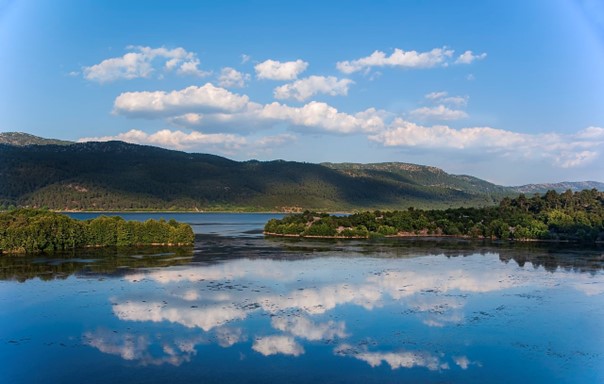
Davraz
In Isparta, there are lots of important places for winter sports, scuba diving, orienteering, abseiling, trekking, photo safari, paragliding, canoeing, bird watch keeping, endemic flower watch keeping and etc. In terms of mountain tourism, Isparta hosts Davraz mount. Davraz is a mountain and a winter sports and ski resort in the Taurus Mountains. It is only 25 km away from the center of Isparta and also Egirdir. Served by good road connections. The tallest peak (Büyük Davraz) at the resort is 2,637 m (8,652 ft) with the highest skiing height being at 2,250 m (7,380 ft). There are black, red, blue and yellow runs, so there are facilities (also Suleyman Demirel University has an Otel in Davraz – see below photos) for all levels of skiers. Access to the slopes is via drag and chair lifts – depending on the particular run.
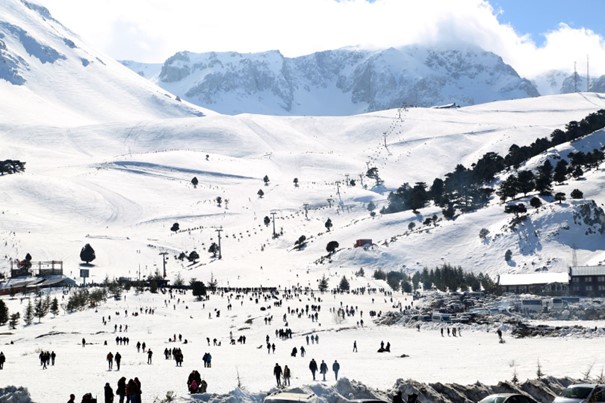
Historical Places
There are lots of ancient city in Isparta. This is a perfect opportunity for archeology students and professionals. Antiocheia, Pisidya (Greek: Ἀντιόχεια τῆς Πισιδίας) Ancient City-Yalvac is a city in the Lakes Region, which is at the crossroads of the Mediterranean, Aegean and Central Anatolian regions, and formerly on the border of Pisidia and Phrygia, hence also known as Antiochia in Phrygia. The site lies approximately 1 km northeast of Yalvac, the modern town of Isparta Province. The city is on a hill with its highest point of 1236 m in the north. Pisidia was important in the early spread of Christianity. St. Paul visited Antioch on each of his missionary journeys, helping to make it a center of the new faith in Anatolia. After Emperor Constantine legalized Christianity in 311 it played an important role as a metropolitan city. Afterwards, it became the capital city of the Christian Pisidian Province, founded in the 4th century; Parlais became its titular see. Most Pisidian cities were heavily fortified at that time due to civil wars and foreign invasions. Castles – Egirdir is a castle said to have been built by Croesus, king of Lydia, although additions were built by the Romans, Byzantines, and Seljuks. Uluborlu Castle is a castle that stands on a big rock and can be seen from everywhere. Isparta also has some madrasas and caravanserai, and canyons named as Yazılı Canyon, and Koprucay Canyon.




